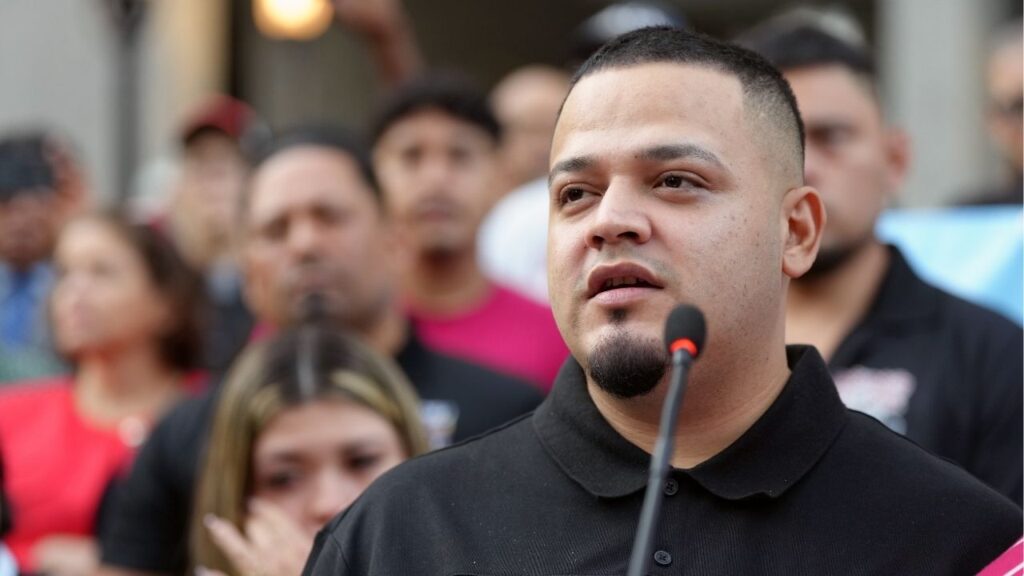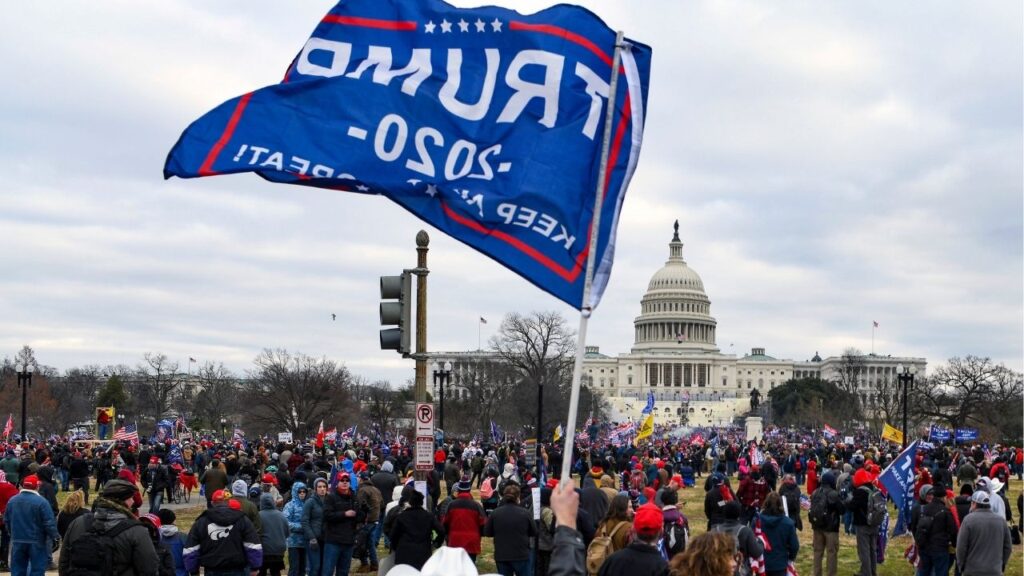Share
Is there a split among city labor organizations over Measure P, the 3/8 of a cent sales tax initiative for parks that Fresno voters will decide next month?
A mini-debate broke out at a recent city labor function, that multiple sources told GV Wire became heated.

Politics 101
David Taub
COOL is a networking group comprised of various labor groups, like the Fresno Police Officers Association and Fresno City Employees Association.
After Arambula spoke, he took questions from the audience. Damon Kurtz, FPOA’s president, commented about his group’s opposition to Measure P. He said that the initiative is poorly planned, especially when public safety is underfunded.
Dee Barnes, an FCEA past president, spoke too, countering with what she thought were inaccuracies from Kurtz’s statements. She notes her comments were on her own behalf. COOL president Mike Cavallero (also a FPOA member) interrupted her, reminding her to ask a question and not make a statement. Some attending the meeting said that Barnes rambled.
Both Barnes and Kurtz downplayed the “heated” aspect of the interaction to GV Wire. But the event did expose a difference in opinion on the Measure P issue.
While COOL does not make election endorsements, FCEA does. That group meets Oct. 10 to decide on Measure P support.
COOL will hear from the No on P side at its Oct. 26 luncheon.
Measure P Money Update
The No on P latest financial filings show money is raining in to oppose the tax measure.
Five donors contributed in the five-figure range: Edward Kashian, president of Kashian Enterprises, $25,000; FPOA, $15,000; Fred, Lloyd, and Ralph Fagundes, $10,000; WCP Developers LLC, $10,000; and John R Lawson Rock & Oil, Inc, $10,000. In total, No on P reported $84,500 coming from large donations ($500 or more) just last week alone.
Yes on P claimed one large contribution since GV Wire’s last update: Rodger B. Jensen, $25,000.
Cox Explains FPPC Troubles

When she ran in 2016 for a fifth term against Richard Martinez, Cox finally raised funds, at the urging of constituents she said.
Now, the Fair Political Practices Commission is accusing her of seven counts of not filing proper campaign paperwork. The proposed fine is $20,000.
Cox says she filed some of that paperwork with the Fresno County elections office as normal procedure. She’s not sure why four of those documents detailing contributions over $1,000 (Form 497) never made its way to the FPPC, the state’s campaign finance watchdog agency.
As for the other three FPPC counts, failure to timely file three semiannual statements (Form 460), she pleads inexperience.
Cox admits she didn’t file updates on her campaign bank account, which had about $1,800 left over. She said she donated the rest of the money to help Central students purchase school supplies.
“It was an error on my part. It was my inexperience,” Cox told GV Wire. “I regret they didn’t get filed.”
The FPPC board heard Cox’s penalty as a notice Sept. 20 and did not take action. It will likely make a decision to enforce a penalty at a future meeting. It is possible the sides will negotiate the penalty below $20,000.
Vaccines Before Welfare Bill Vetoed
Welfare recipients will not have to submit their children to state-mandated vaccines in order to receive benefits. Gov. Jerry Brown vetoed AB 1992, authored by Assemblyman Kansen Chu (D-San Jose).
Chu’s goal was to improve access to families on the CalWORKs program by lowering penalties for not having children immunized. The bill would have also removed personal exemption as a reason for parents not to have their children vaccinated. That angered many parents rights and homeschool activists.
Brown’s motivation, though, wasn’t parental rights as much as it was economics.
In his veto message of AB 1992 and two other CalWORKs bills, Brown wrote that “these bills would make changes to the CalWORKs program that result in significant, ongoing funding commitments. As such, I believe they should be considered as part of the budget process when all funding commitments are considered and prioritized.”
Categories

Fresno County Firefighters Contain Reedley House Fire


















